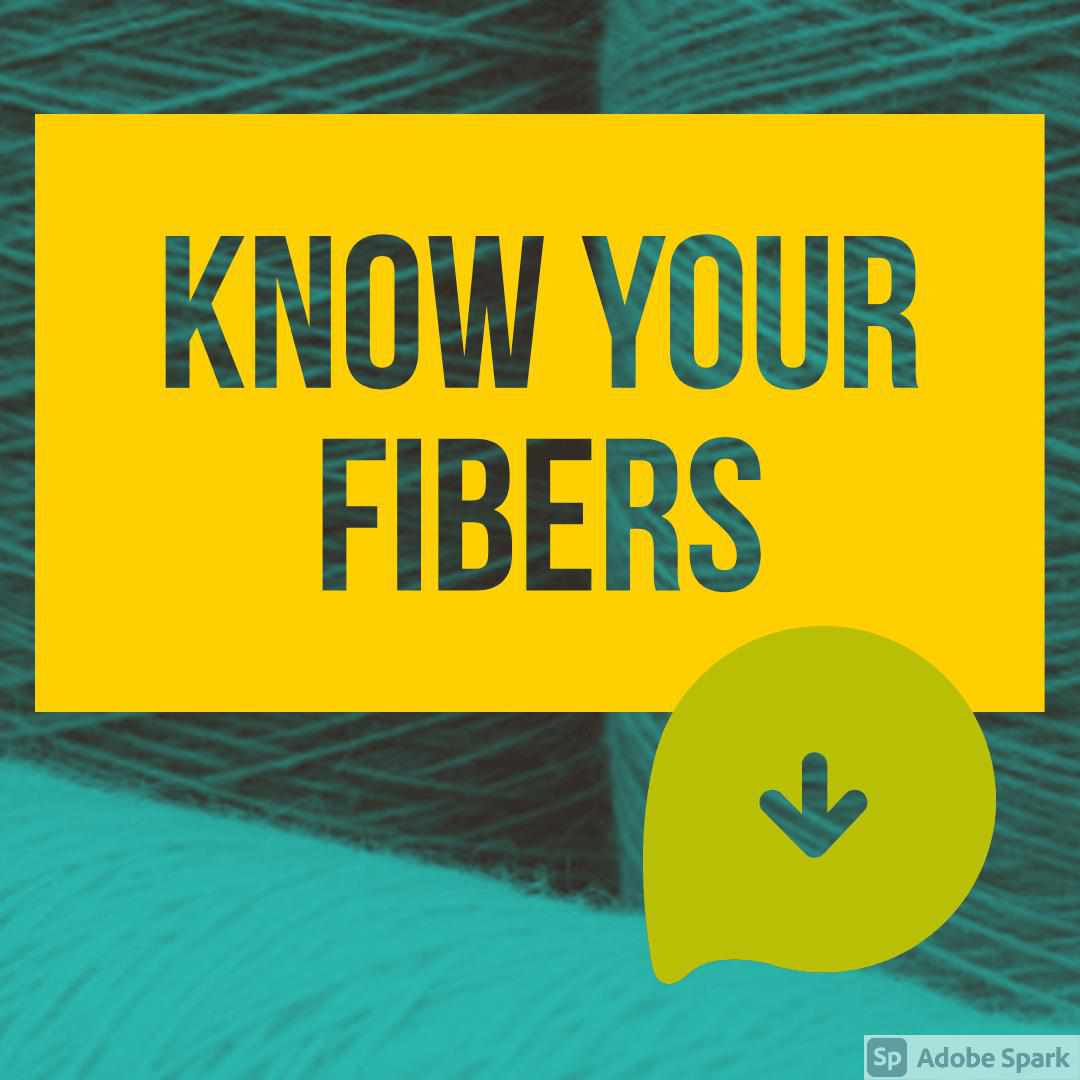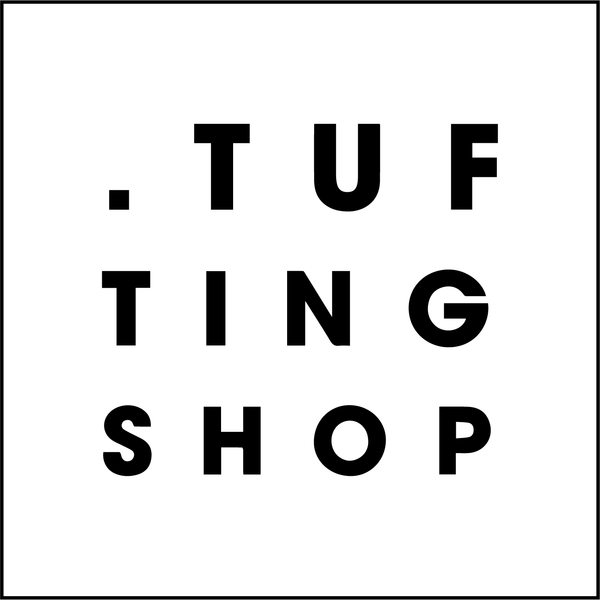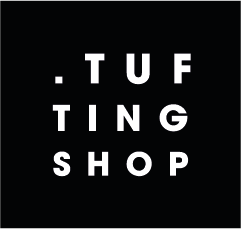
A detailed overview of yarn and fiber materials
Share
Types of fiber
The fibers used by the rug industry can be divided into two main groups, natural and synthetic.
Natural fiber
Wool is an ideal fiber for carpets. She is naturally warm, soft, very resilient and elastic. Wool is easy to keep clean, is self-extinguishing and easy to dye, but wool is also expensive.Cotton is strong, but less resilient and elastic. It squashes easily. Small cotton rugs made especially for the bathroom or bedroom can usually be washed in the washing machine.
Synthetic fibers
Modern synthetic fibers are very strong and dirt resistant, but they are still not as resilient, elastic and self-extinguishing as wool. Their biggest advantage is that they are cheaper than natural fibers.
Polyamide (or nylon) is one of the strongest synthetic fibers. But when left untreated, it attracts dirt and is susceptible to static electricity. The fibers can be treated with a dirt-resistant system which prevents the ingress of liquid and makes them anti-static.
Acrylic is the most like wool of all synthetic fibers; the fiber is very elastic, lightfast and heat-insulating. Usually it is also anti-static and dirt-resistant. It is gaining in popularity as a blend fiber with wool or nylon. Polyester is a water-resistant fiber that is easy to clean, feels nice and soft but is not as strong as other synthetic fibers. The fabric is mainly used as a mixed fiber in the pile yarn. Polypropylene is strong and very durable with a high resistance to stains and dirt. The fiber is often mixed with wool because otherwise it will quickly flatten.
Viscose rayon is a cheap fiber that is therefore not very wear-resistant, resilient and flame-retardant.

